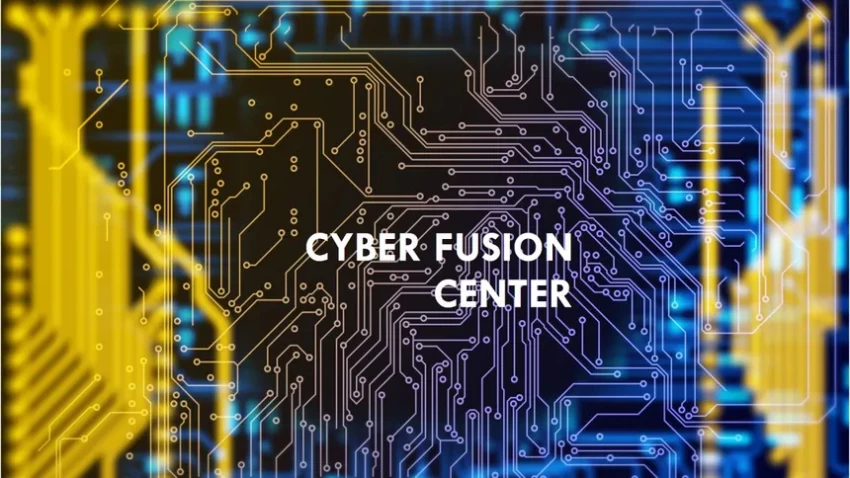

Companies face growing pressure to protect data, systems, and people from digital threats. Hackers do not work in silos.
They share tools, communicate in real time, and use many methods at once. To keep up, businesses are rethinking how their security operations are built. This is where the idea of cyber fusion comes in. It changes the way teams work together and makes defenses stronger.
Cyber fusion is not just a trend or a new label for existing practices. It is a shift in how organizations design their security environments. Instead of having teams split apart—such as threat detection, incident response, and intelligence—cyber fusion brings them under one roof. The result is faster reactions, better communication, and fewer gaps for attackers to exploit.

In many companies, security groups often work on separate goals. An operations center may focus on alerts, while another team studies threats, and yet another manages risks.
While each role is important, the lack of connection between them can slow down decisions. A cyber fusion model fixes this by combining functions. Teams share data, tools, and context.
The benefits show up quickly. Threats can be spotted earlier because intelligence is linked to monitoring. Response plans improve because incident teams understand the bigger picture. Analysts save time because they are not duplicating work. Cyber fusion is about creating a security culture where cooperation is constant.
For businesses, this approach also helps reduce costs. Instead of investing in isolated tools for every unit, they can adopt platforms that serve multiple needs. It also supports resilience. When one team is overwhelmed, another has the insight to step in. Over time, this leads to a more predictable way of handling risks.
Technology alone cannot make cyber fusion work. The success depends on people and process. Leaders must build a structure where teams are encouraged to share, not compete. A strong process also makes sure that tasks are clear and not lost in handoffs.
Regular communication plays a large role. Daily check-ins, shared dashboards, and integrated reporting give everyone the same view of what is happening. This reduces confusion and builds trust across units. Even small cultural changes—such as shared vocabulary—make collaboration smoother.
Another key element is automation. Manual tasks slow down response time. Cyber fusion often includes tools that automate data collection and alert routing. This does not replace human judgment, but it ensures that experts can focus on analysis and action instead of routine chores.
When talking about bringing teams together, it is important not to forget identity. Almost every digital attack involves stolen, weak, or misused credentials. This is where the IAM framework supports cyber fusion. It gives security teams a structured way to manage access across the company.
In a cyber fusion setup, identity management is not handled in isolation. It is woven into the daily work of monitoring and response. For example, if the intelligence team detects that a set of employee accounts is being targeted, the incident response team can coordinate with identity managers to lock accounts or enforce stronger authentication.
The framework also helps with governance. Companies need clear rules about who can access what. An integrated identity program ensures that only the right people use sensitive systems. This prevents many attacks before they even start. It also provides data that helps analysts connect suspicious activity to specific accounts.
By blending the iam framework with cyber fusion, companies get both visibility and control. Teams are not just reacting to alerts. They are also protecting the entry points attackers depend on most. This makes the entire security strategy stronger and more efficient.
Separating identity management from broader security operations can leave gaps. Attackers often exploit weak passwords or unused accounts because those are not always monitored as closely as networks or endpoints. With cyber fusion, identity becomes part of every conversation.
Bringing these elements together also builds confidence across the company. Employees know that their access is being managed carefully, while security teams have the tools to respond quickly. The organization as a whole benefits from a clear, unified plan.
Looking ahead, the link between cyber fusion and identity will only grow stronger. As businesses adopt more cloud tools and remote work becomes standard, identity is the new perimeter. Cyber fusion ensures that identity controls are not separate from threat response but fully connected.
Cyber fusion represents a major shift in how companies protect themselves. It combines people, tools, and intelligence in one place, allowing faster and smarter responses to threats. But its full power shows when it works hand in hand with identity. The iam framework provides the foundation for secure access, while fusion ties it into every other part of security.
For organizations, this is more than just efficiency. It is a way to stay resilient in the face of constant change. Cyber fusion makes teamwork central, and identity makes sure that the right people are part of the system. Together, they give companies a path toward stronger, more connected defense.
Be the first to post comment!